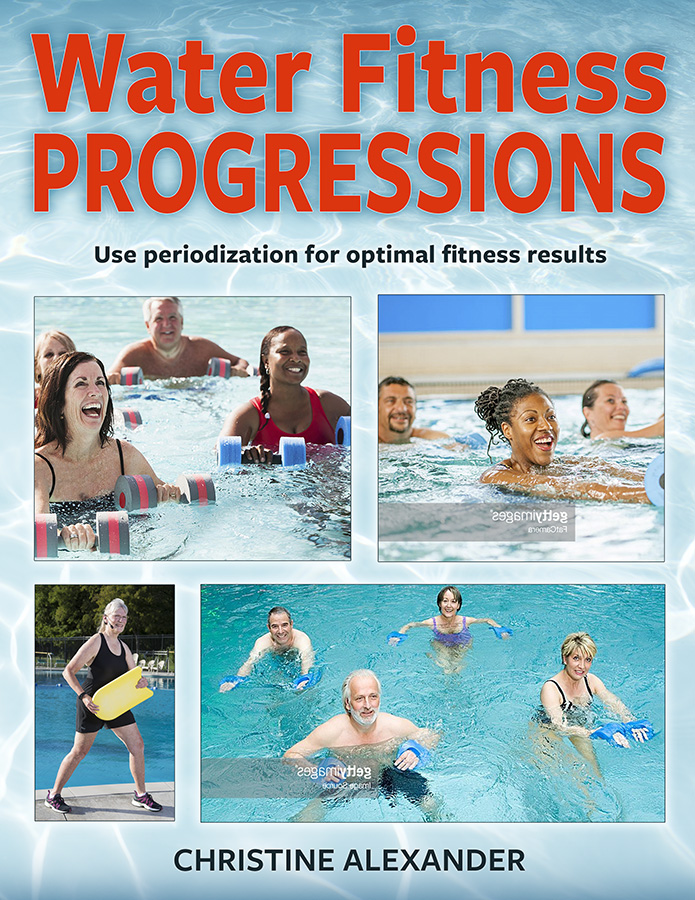
Mindfulness is a state of active, open attention to the present. When you are attentive to the present, you are not thinking about events in the past nor stressing about the future. Mindfulness is an ability that we all naturally possess, but it is more readily available to us when we practice it. There are many situations in which mindfulness is beneficial. Dieticians recommend mindfulness during meals. When we pay attention to what we are eating, we are more aware of the taste of our food, we are more likely to chew thoroughly, and we are more alert to our body’s signals when we are full, preventing overeating and weight gain. The Department of Public Safety would like everyone to be mindful when they are driving a vehicle, aware of the other drivers on the road and able to anticipate what they might do in order to avoid collisions. Certainly texting while driving is not driving with mindfulness. Mindfulness while listening to music increases our appreciation of the piece by allowing us to hear the various musical instruments and how the musicians play off of each other and to enjoy the skill of the vocalist.
Certain forms of exercise, known as mind-body exercise, cultivate the practice of mindfulness. These include Yoga, Tai Chi, Ai Chi, and Pilates. Mind-body exercise focuses on breath, precision, control, and concentration. A mind-body exerciser is never oblivious to the exercises they are performing, nor do they read, watch television or videos, or wear headphones. They are mindful. Other forms of exercise, while not qualifying as mind-body exercise, can benefit from practicing mindfulness.
Water exercise classes involve a number of participants, and sometimes friends take the class together, therefore there is the temptation to chat during the class. However the benefits increase when participants perform the exercises with mindfulness. Movement in the water provides a different sensory experience from movement on land. Notice how the water feels against your skin, the resistance against different areas, and how it flows and ripples as you move. The water moves in response to your movement, which requires you to make an effort to maintain good posture, especially in deep water.
In fact, posture is one of the most important things to pay attention to when exercising in deep water. There is no floor under your feet which means you have to be alert to whether your shoulders are over your hips and your hips are over your feet. Once alignment has been achieved, bracing the core and sculling helps maintain neutral posture. Are you performing the exercises correctly? With a knee-high jog, press your heels down toward the floor and avoid bending forward. With a heel jog, keep the knees down and lift the heels in back. With a kick forward do not lean backward to make the kick higher, and conversely with a kick backward, do not lean forward to make the kick higher. Start an inner thigh lift and a hopscotch with the legs wide so that the exercise does not become the same as a knee-high jog or a heel jog. With a cross-country ski make sure your legs extend as far to the back as they do to the front. With a jumping jack making the arms and legs opposite will keep you from bobbing up and down.
Next pay attention to the movement of the water. Slicing hand positions move the least amount of water, fists move a little more water, and cupped hands that face the direction of movement move the most amount of water. Sculling is an important skill in deep water. Scull with the palms down and the hands in front of your chest or out to the sides to stabilize and prevent drifting. A propeller scull in a figure eight with the arms down by your sides makes you travel forward. A propeller scull in a figure eight with the fingers up and the hands in front of the chest makes you travel backward. Movements of the arms that pull the water toward the body make you travel forward, and movements that push the water away from the body make you travel backward. Leg movements can also assist with travel – movements to the back move the body forward and movements to the front move the body backward.
The ability to manipulate water effectively helps with stability and travel and allows you to use the water’s resistance to increase intensity. The next step is to focus on adding acceleration to your movements. Intensity increases when you push and pull and drag the water with power. Use power to increase turbulence during stationary moves or to increase speed of travel. Power the arms and legs toward center to propel the body upward, lifting the shoulders out of the water, for example with cross-country ski and frog kick. Power movements allow you to push your heart rate into the anaerobic zone for brief periods.
Mindfulness improves your water exercise experience in both deep water and shallow water. If you are an instructor, you can use periodization to help train your participants to exercise with greater mindfulness. Periodization divides the year into four seasons – Preseason, Transition Season, Peak Fitness and Active Recovery. It is also possible to use periodization for shorter time frames, such as six months, three months, or even one month. In the Preseason ask your participants to focus on their posture and cue them to perform the exercises correctly. In the Transition Season encourage your participants to focus on how their arm and leg movements manipulate the water. In the Peak Fitness Season tell them that they are ready for powerful movements that push them to the highest level of fitness they will achieve in this period. In the Active Recovery Season they will give their bodies time to repair any microtrauma caused by the months or weeks of continuous training so that the microtrauma does not lead to a cumulative injury. Options for active recovery include low intensity cardio, core strength training and fun activities such as modified synchronized swimming and games.

My book Water Fitness Progressions has information about periodization for both deep and shallow water, including lesson plans with variations for Preseason, Transition Season and Peak Fitness; strength training lesson plans without equipment and with buoyant, drag and rubberized equipment; and lesson plans and activities to use for Active Recovery.
See you in the pool!


Pingback: Breathe! – Water Fitness Lessons